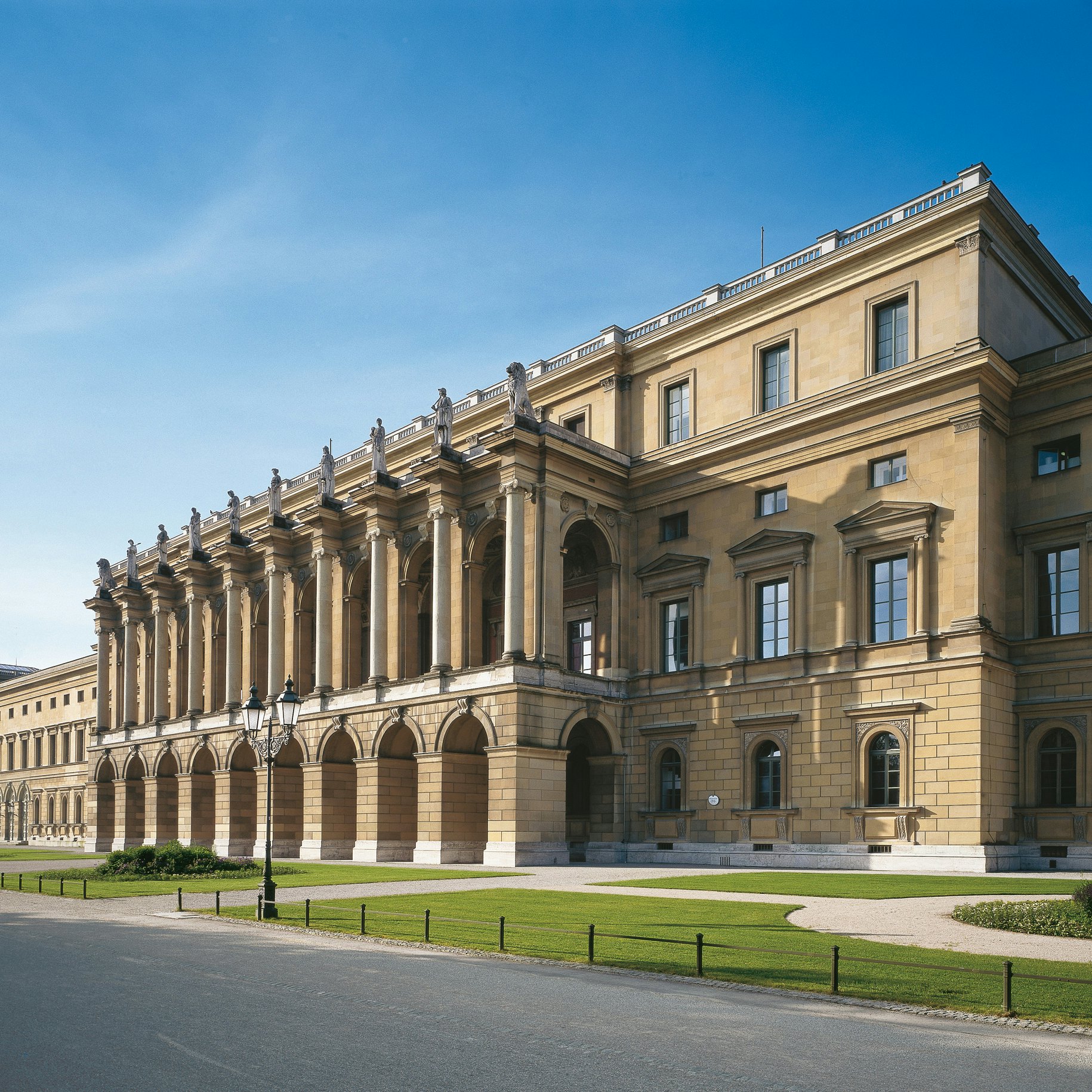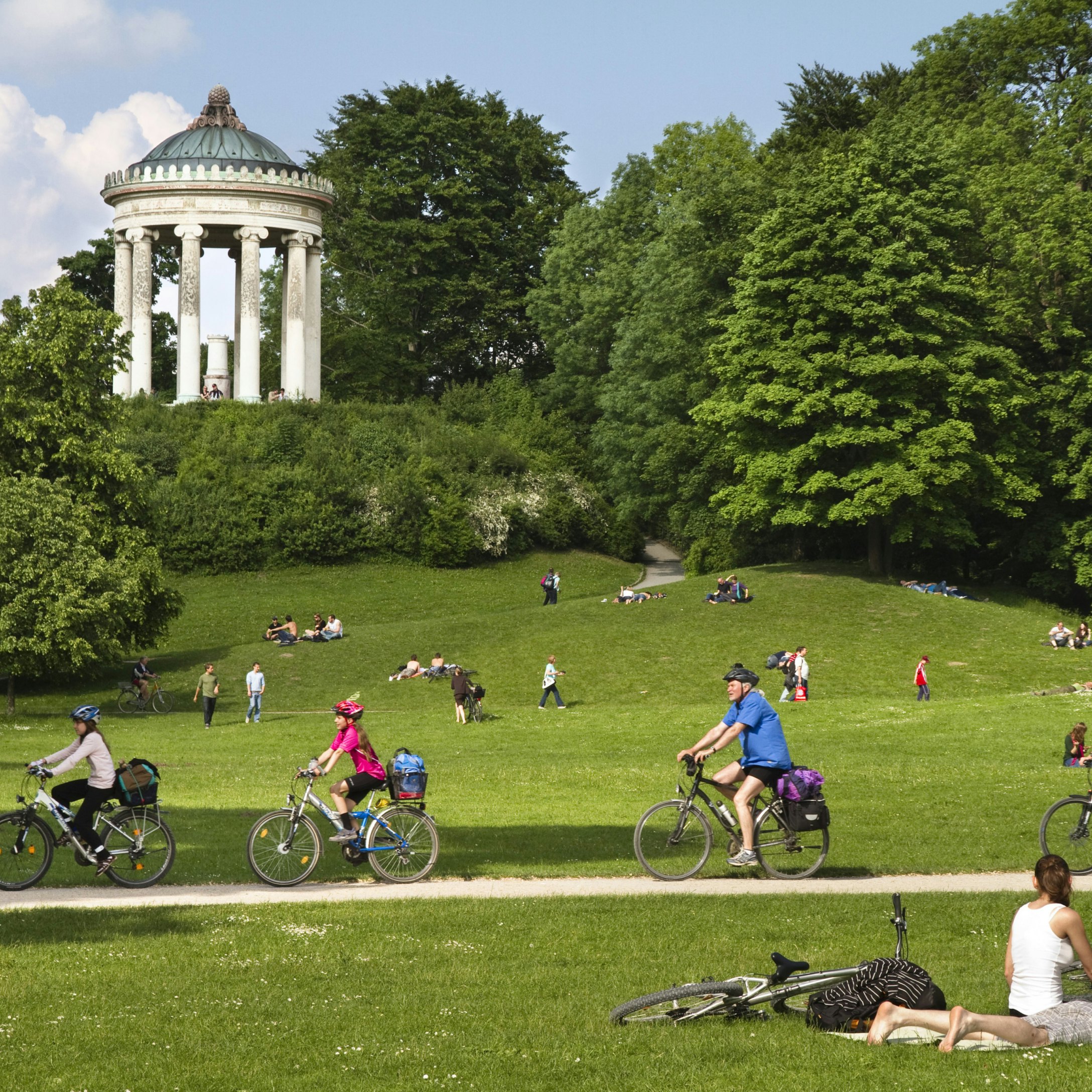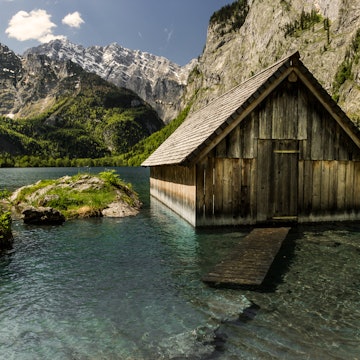
Overview
From the cloud-shredding Alps to the fertile Danube plain, the Free State of Bavaria is a place that keeps its clichéd promises. Story-book castles bequeathed by an oddball king poke through dark forest, cowbells tinkle in flower-filled meadows, the thwack of palm on Lederhosen accompanies the clump of frothy stein on timber bench, and medieval walled towns go about their time-warped business.
Leave the planning to a local expert
Experience the real Bavaria. Let a local expert handle the planning for you.
Must-see attractions
Planning Tools
Expert guidance to help you plan your trip
Best Things to Do
Gorgeous mountains, world-class museums and (yes) plenty of beer: Bavaria has it all. Here’s how to start exploring this southern Germany state.
Read full article
Things to Know
Plan your trip to Bavaria in southern Germany with these tips on money, etiquette, health and safety.
Read full article
Get a book. Get inspired. Get exploring.
in partnership with getyourguide

























